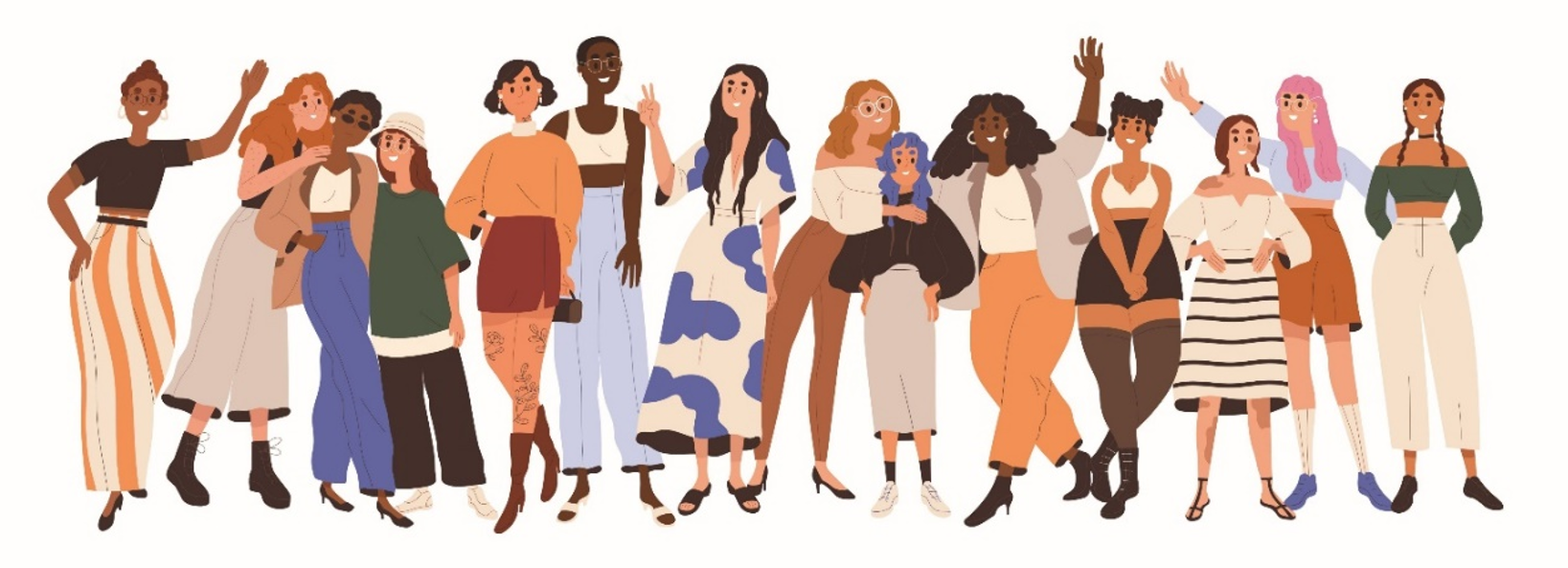Safer Public Spaces for Women and Girls.
The Transport for NSW Smart City Innovation Challenge 2 – Safer Public Spaces for Women and Girls stands as a beacon for change, confronting critical issues of safety and comfort faced by women and girls in our urban environments. The challenge poses the pivotal question: "How might we use technology to help make public spaces feel safer and more comfortable for women and girls?".
In 2023, Inhabit Place emerged as a key player, bringing its distinctive approach to the forefront during the Expression of Interest (EOI) and Pitchfest stages. Our standout concept secured funding for further development through the Feasibility stage, highlighting Inhabit Place's dedication to crafting impactful and innovative solutions that align with the challenge's core mission.

As we delved into the Feasibility stage, Inhabit Place made a significant effort to validate our assumptions about how women and girls perceive public spaces. Over a transformative three-month period, we engaged with over 250 women and girls across Australia, capturing their voices and experiences.
Here, we share insights that illuminate the challenges faced by women and girls, laying the foundation for an inclusive and welcoming public sphere.
Engaging the Community:
Inhabit Place focussed on hand-on collaboration with the community, place stakeholders, and partners, employing various platforms such as online events, co-create workshops, and social media activities to reach women and girls from across Australia. While women and girls took the lead in this engagement, we also made a concerted effort to include perspectives from all members of the community.
Key Survey Findings:
Our survey, predominantly featuring responses from women aged 30-44, uncovered significant insights into the challenges experienced in public spaces:
85.3% acknowledged challenges related to personal safety and comfort.
70.3% expressed a desire for improved information about public spaces.
86.7% sought a voice in the design and maintenance of these spaces.
86.8% wished to share their knowledge and experiences.
85% actively sought up-to-date information for planned visits.
Decision-Making Factors:
Respondents underscored specific factors influencing their decision to visit a public space:
78.3% considered the time of day they were to visit a public space.
59.7% considered levels of activity likely to be taking place
58.9% were focussed on security.
The survey also delved into emotional responses, revealing that 55.8% of women and girls feel alert some of the time in public spaces, 43.4% feel safe only during the day, and 23.3% always feel alert and cautious.
Public Space Stories:
Inhabit Place explored what could enhance comfort and safety in public spaces, drawing insightful responses:
“Accessibility in terms of seating, public transport availability, clear and readable signage, and easily accessible safety information.”
“Active edges, passive surveillance, good lighting, clean and cared-for furniture, and landscape.”
“Better lighting, opportunities for active and passive surveillance, and night-time activation of spaces (especially around key transport hubs).”
“Recognition of familiar faces, comfort in familiar areas, and the presence of people who are similar or relatable.”
“Advocacy for women-only events, improved security (CCTV or physical personnel based on the situation), and safe spaces for women to voice concerns about their safety.”
Moving Forward:
Inhabit Place transcends mere data collection; it serves as a blueprint for actionable change. By recognizing and incorporating the challenges faced by women and girls into the design and management processes, Inhabit Place strives to improve public spaces for all.
These findings underscore the importance of inclusive and participatory urban planning processes, emphasizing safety, accessibility, and a sense of community. It is imperative that data collection processes facilitate a nuanced understanding of public space usage from the perspective of women and girls, because we know that public spaces that work for women and children, older persons and persons with disabilities, work for everyone.
As we collectively move forward, let us champion the creation of public spaces that authentically reflect the needs and experiences of all women and girls, nurturing a society that is truly inclusive and equitable.